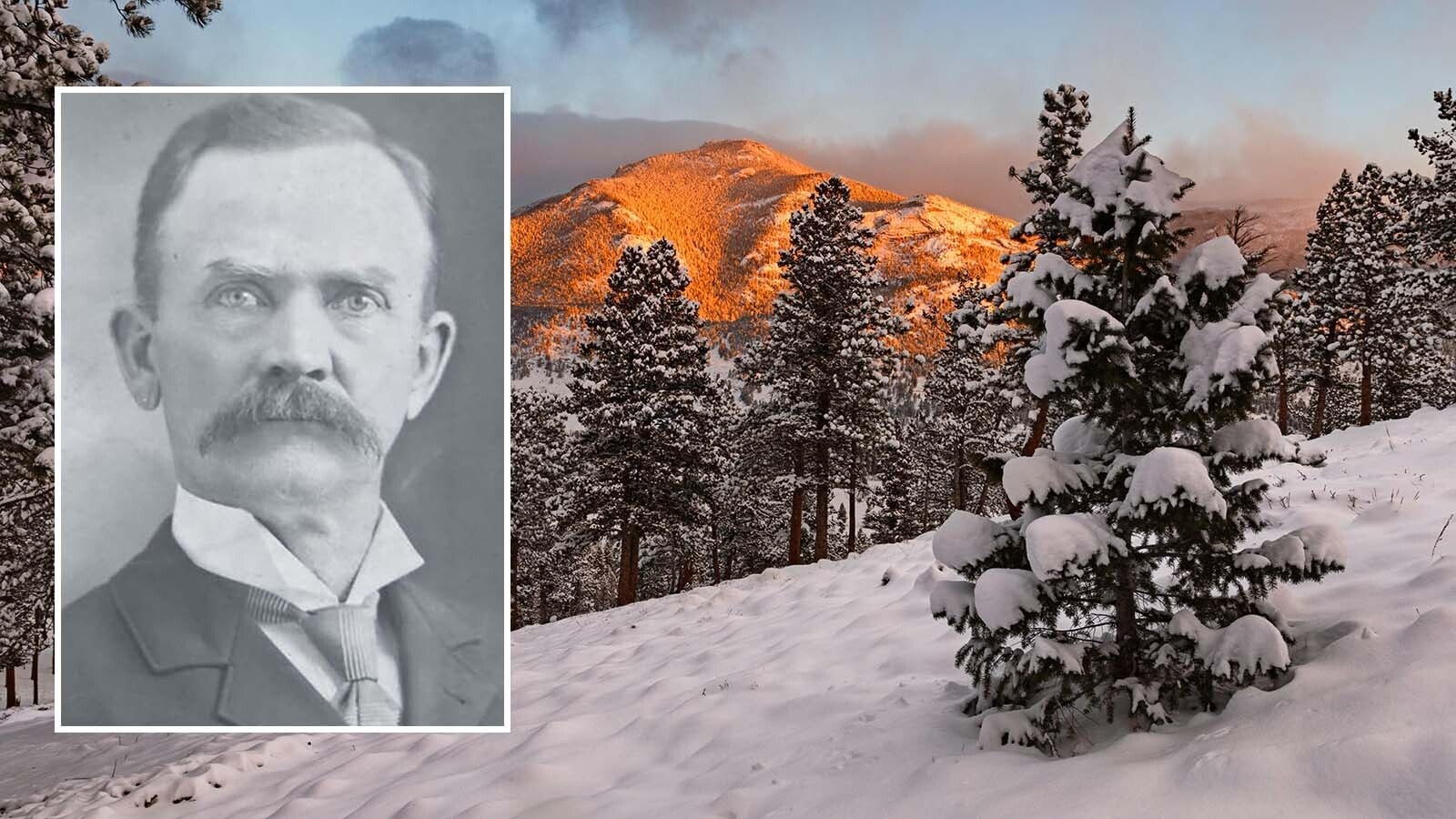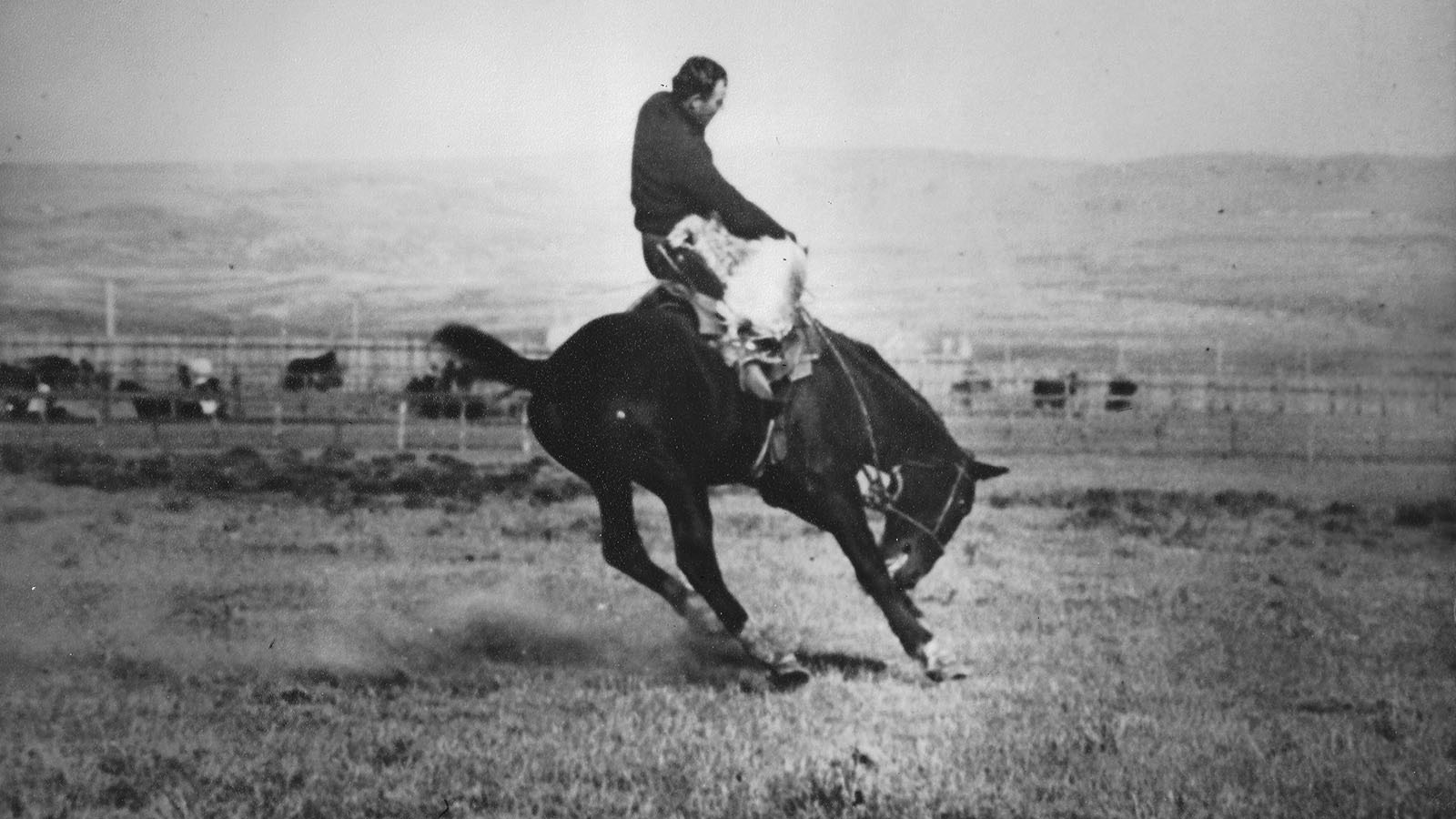Anyone involved with Alamo studies knows the image, an amateurish sketch of a broad-shouldered young man with a Mona Lisa smile and bedroom eyes. A handwritten caption below the sketch identifies the subject W.B. Travis, the artist Wiley Martin, and the date December 1835.
Although accepted as the only known portrait of Travis done from life and reproduced in most books written on the Alamo, some historians exercise caution when using it as an illustration.
Walter Lord in A Time to Stand (1961) wrote it is the “Only contemporary portrait of Travis said to exist. Even so, the likeness is questionable.” William C. Davis in Three Roads to the Alamo (1999) calls it the “Only presumed portrait of Travis made from life.”
Without the sketch attributed to Martin we have no verified authentic likeness of the Alamo commander, and therein lies its greatest value.
Had there been portraits of Travis by established artists, as there were of fellow Alamo leaders Jim Bowie and Davy Crockett, the Martin sketch probably would have been dismissed long ago.
There are a number of problems about this well-known image which raise questions about its authenticity.
What Are The Problems?
Problem 1: The who, what, and when of the sketch come from, and only from, the hand-written lines below the sketch itself. No record by Travis that Martin drew his image, or a record by Martin that he did so, exist. Nor is there any documentation by an independent source verifying the artwork.
Problem 2: There is no original sketch. The image first appears on page 66 of Frank Templeton’s 1907 novel Margaret Ballentine, or The Fall of the Alamo. The author described it in the book’s introduction: “The picture of Travis herewith presented, is taken from one found on a fly leaf of a copy of a gazetteer of Tennessee, published in 1834. It is given with its endorsement, just as it appears in the book, and is probably the only purported picture of the hero of the Alamo.”
The description adds to the confusion about this image, with people asking how a picture drawn in 1835 could have been in a gazetteer in 1834.
Templeton did not say the image had been published in the gazetteer. He implies that there had been a gazetteer from the previous year in Martin’s possession. Martin picked it up and dashed off the Travis sketch on a blank fly leaf, adding to the spontaneity of the whole scene.
Templeton failed to say who found the gazetteer and image, where it had been found, its location at the time of his writing, or if he possessed it.
Problem 3: Travis’s face has a generic, sum-of-all-its-parts look. His weird sideburns disappear under his jaw line and give the appearance of having been added as an afterthought to keep the figure from appearing too pencil-necked.
What can be seen of the clothing – part of a jacket, vest, and tie – are nondescript and seem to be unspecific to the mid-1830s or any other time period.
Problem 4: The “B” in “WB Travis,” is completely different from that in “By,” below it. The “W” in “WB Travis,” and in “Wiley” are dissimilar.
The letter “i” appears three times and is dotted differently each time. The whole caption gives the impression of having been drawn rather than written. The writing matches neither the verified handwritings of Martin nor Travis. And Martin signed his name “Wyly,” not “Wiley.”
Problem 5: Writers using this image usually report that it was done by Travis’s friend, Wiley Martin. But how friendly could they have been?
Martin, a former US Army officer born in Georgia in 1776 was thirty-three years older than Travis. With the coming Texas Revolution, the two men occupied positions in opposing political camps, Travis in the “War Party” and Martin in the “Peace Party.”
In June 1835, Travis led Texans against a Mexican garrison at Anahuac, bluffing them into surrendering, seizing their fort, and confiscating their arms. Martin condemned the action, tried to recover the Mexicans’ arms and arrest the perpetrators, including Travis.
Problem 6: Travis of the sketch bears a remarkable resemblance in build and posture to a photograph of Frank Templeton which appears in his book.
There Is No Face Value
Taken at face value, Martin only makes a foray into documentary art once, creating the only likeness of Travis right before he takes to the field, only two to three months before the subject dies at the Alamo.
In the absence of other evidence, the sketch falls into a category similar to many questionable first-hand accounts of the Alamo – a cosmic series of events come together to produce a one-of-a-kind link to the past, filling a specific gap in our historical needs. So, is this the Alamo’s Commander William Barret Travis? Simple answer - no!
William Groneman III can be reached at wgroneman@yahoo.com





